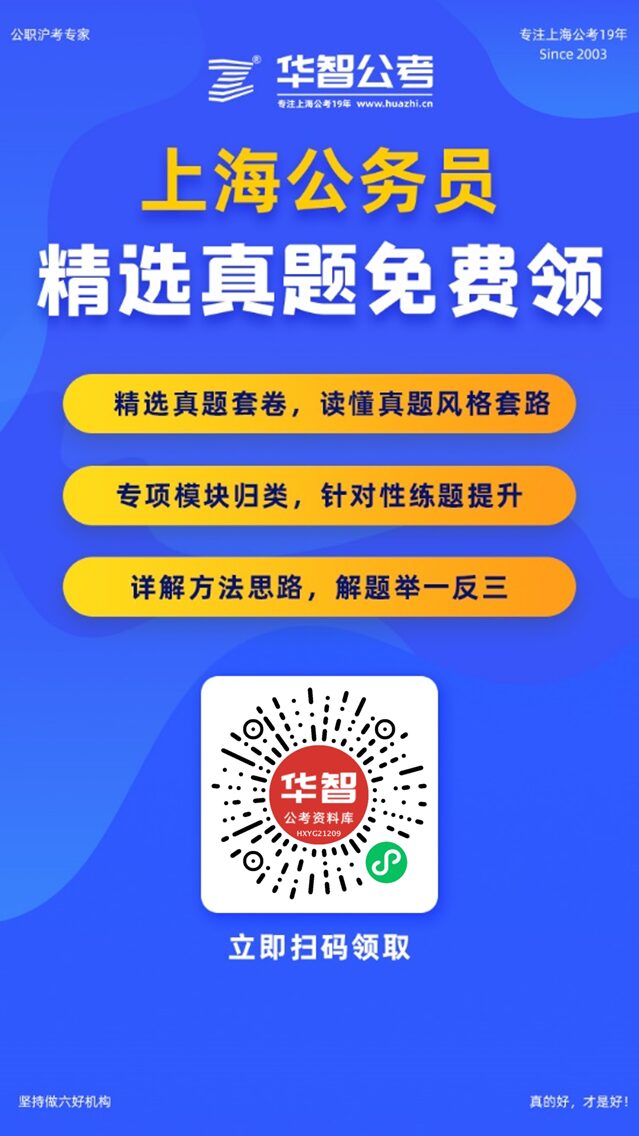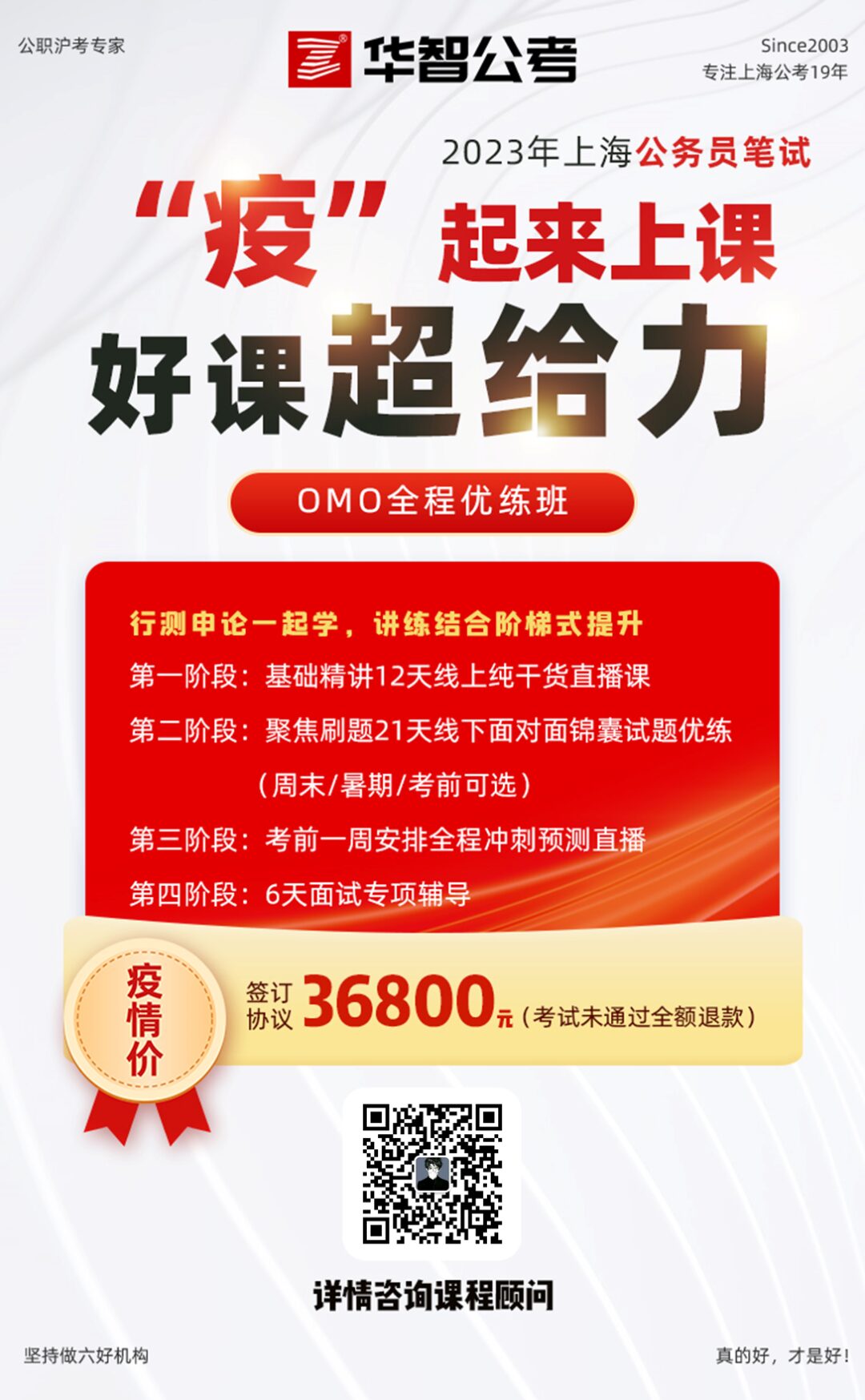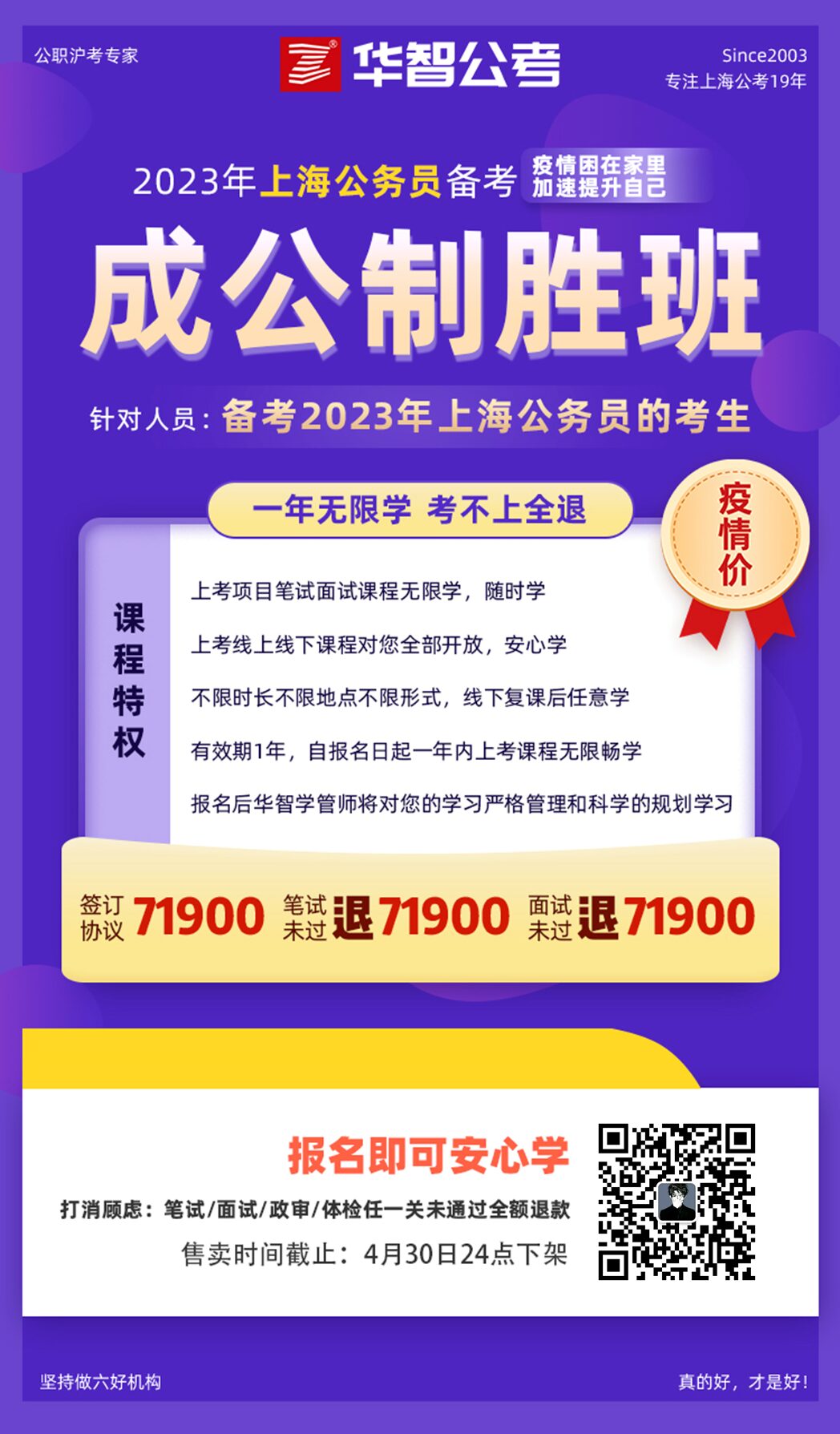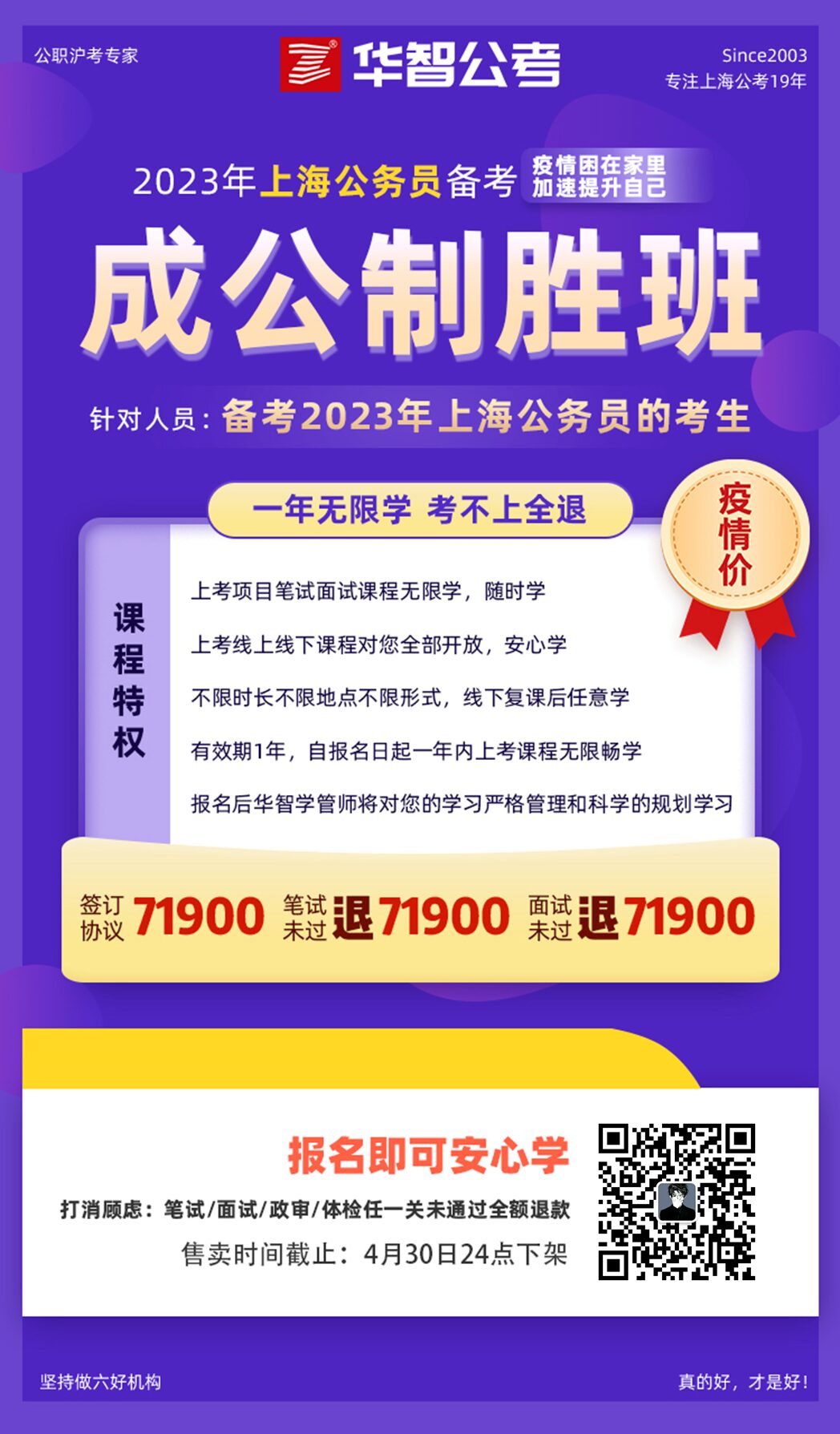
Logical Reasoning is a crucial module in the Shanghai Civil Service Exam. In 2022, it was moved from the second to the third part of the exam. This module generally consists of about 35 questions, which is fundamental for achieving high scores in the exam. Below is an overview of the question types and trends from recent years.
The distribution of question types over the past three years is as follows:
Scientific Reasoning: 11 questions; Graphic Reasoning: 12 questions; Analytical Reasoning: 12 questions

1►
Scientific Reasoning
Scientific reasoning consists of 11 questions. From the exam content, there are mainly two points: first, it is based on physics and integrates multiple disciplines, examining biology and geography, and also involves chemistry; second, recent exam questions have increasingly covered multiple knowledge points. In terms of exam style, previously, it relied solely on knowledge points, but now questions are increasingly combined with real-life scenarios, focusing on the application of physics knowledge in daily life, making the exam style more flexible and the materials used in questions primarily consist of common knowledge.
Summary of key points from past scientific reasoning questions:
|
Category |
2019 (AB) |
2020 (A) |
2020 (B) |
2021 (A) |
2021 (B) |
2022 (B) |
|
Mechanics |
3 |
|
|
2 |
|
|
|
Energy |
1 |
|
|
2 |
2 |
|
|
Kinematics |
1 |
2 |
2 |
|
|
2 |
|
Simple Machines |
1 |
2 |
|
|
|
|
|
Electromagnetism |
1 |
|
|
1 |
|
|
|
Optics |
2 |
|
|
1 |
1 |
|
|
Properties of Matter |
2 |
1 |
1 |
3 |
4 |
4 |
|
Metal Elements |
|
1 |
1 |
|
|
|
|
Chemical Experiment Instruments |
|
2 |
|
|
|
|
|
Crystals |
|
1 |
1 |
|
|
|
|
Acoustics |
|
1 |
1 |
|
|
|
|
Functional Relationships |
|
1 |
1 |
|
|
|
|
Biology |
|
|
1 |
|
|
|
|
Chemical Equations |
|
|
1 |
1 |
1 |
1 |
|
Buoyancy |
|
|
1 |
|
|
1 |
|
Electricity |
|
|
1 |
|
1 |
2 |
|
Conservation of Mass |
|
|
|
1 |
1 |
|
|
Knowledge of Physical Units |
|
|
|
|
1 |
|
|
Vibration |
|
|
|
|
|
1 |

2►
Graphic Reasoning
In recent years, the difficulty of graphic reasoning has gradually increased, with questions often examining two types of rules simultaneously. Overall, categories such as attribute, quantity, superimposition, and three-dimensional figures are frequently tested and should be focused on.
Summary of key points from past graphic reasoning questions:
|
Category |
2020 (A) |
2020 (B) |
2021 (A) |
2021 (B) |
2022 (B) |
|
Position Type |
5 |
5 |
4 |
5 |
6 |
|
Attribute Type |
|
1 |
|
1 |
|
|
Quantity Type |
2 |
2 |
|
|
2 |
|
Superimposition Type |
3 |
2 |
4 |
3 |
2 |
|
Plane Reconstruction |
|
|
1 |
1 |
|
|
Box Folding |
2 |
2 |
1 |
1 |
1 |
|
Three-Dimensional Figures |
|
|
1 |
1 |
|
|
Special Patterns |
|
|
1 |
|
1 |
In recent years, the examination of position-type questions has increased, where not only are candidates tested on their ability to quickly identify rules of translation, rotation, and reflection, but also on their understanding of superimposed rules such as seeking similarities and differences, significantly increasing the difficulty level. In the upcoming preparation phase, candidates should not only strengthen their foundational knowledge but also practice more difficult questions to quickly identify question types and find patterns.
The correct approach to answering questions: Upon receiving a question, answer it within the limited time. If there is no idea, skip it. The first round of corrections involves substituting the correct option and thinking through the rules; in the second round, record the question along with the derived rules in a mistake collection; in the third round, supplement the thought process and answering techniques next to the question. Questions that have been practiced will not appear in the next exam, so we must learn to reflect and summarize, achieving a transfer of knowledge to tackle new questions encountered in the exam quickly and accurately!

3►
Analytical Reasoning
In recent years, the types of questions in analytical reasoning have been relatively fixed, with difficulty mainly concentrated on permutation and combination questions, especially when the question stem information is incomplete, requiring assumptions for classification discussions. Additionally, the difficulty has increased as the question stem information becomes more complex and misleading.
Summary of key points from past analytical reasoning questions:
|
Category |
2020 (A) |
2020 (B) |
2021 (A) |
2021 (B) |
2022 (B) |
|
Categorical Propositions |
3 |
2 |
1 |
1 |
1 |
|
Compound Propositions |
2 |
4 |
3 |
3 |
2 |
|
Permutation and Combination |
3 |
2 |
2 |
2 |
2 |
|
Strengthening Type |
2 |
2 |
3 |
3 |
3 |
|
Weakening Type |
1 |
1 |
2 |
2 |
2 |
|
Explanatory Type |
1 |
1 |
1 |
1 |
|
|
Evaluation Type |
|
|
|
|
1 |
|
Conclusion Type |
|
|
|
|
|
|
Parallel Structure |
|
|
|
|
1 |

During the initial preparation stage, it is important to organize and compile knowledge points into a personal knowledge manual. As the number of practice questions increases, simultaneously correct and record mistakes, and compile a mistake collection. Fix the answering thought process for each type of question, focusing on the points where the question setters often “trap” candidates. Regardless of how complex the question stem information is, quickly convert the question into a familiar format.
To avoid “taking detours” in the exam, one must “explore the path” during preparation. Experienced teachers from Huazhi Public Examination have thoroughly summarized the solving methods for each type of question, guiding students to solve problems using various methods and comparing to find the most efficient answering model, helping students strengthen answering steps and master quick techniques, gaining an edge in the exam.
Wishing all candidates excellent results, may your youthful struggles be without regrets!
Recommended Reading
Prize Collection | Write Anti-epidemic Stories, Convey True Feelings
Shanghai Public Institution Exam Practice Live Course, Easily Tackle 500+ Key Questions
Breaking Down Popular Exam Points! Shanghai Police Academy Exam Practice Live Course
Experts Discuss | The Public Service Aspirations of New Generation Youth
Huazhi Public Examination held a seminar on “Right Mindset for Public Service Exam” with mainstream media
Huazhi Public Examination’s Mission, Vision, and Values
Introduction to Huazhi Public Examination Brand



On the path of public examination, Huazhi accompanies you.
